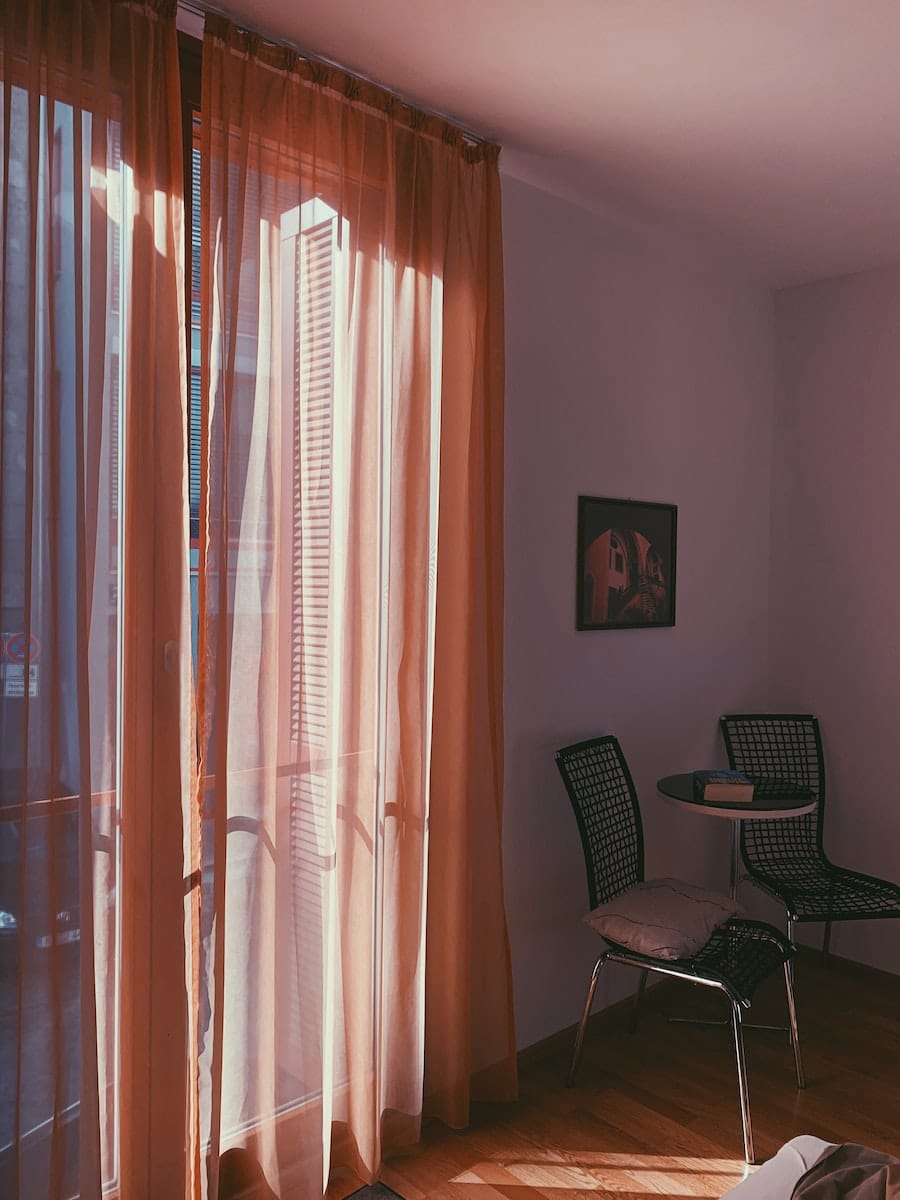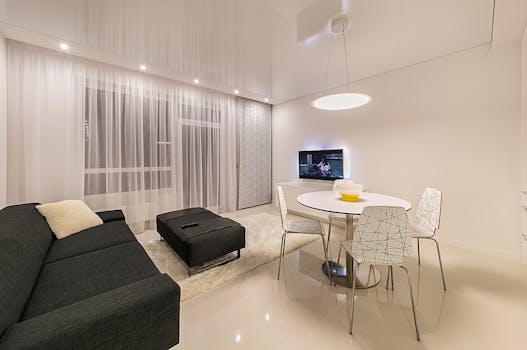
If you’re looking for a way to update your window treatments, you might be wondering how long your curtain panels should be. Should they touch the floor, hover above it, or puddle on it? The answer depends on the style, function, and mood you want to create in your room.
The general rule of thumb is that curtain panels should either just touch the floor or be longer and puddle on the floor. However, there are some exceptions to this rule, such as when you have a small window, a piece of furniture, or a radiator below the window.
Curtain panels that touch the floor have several advantages over shorter ones. Here are some of them:

If you want your curtain panels to touch the floor, you need to measure them correctly to achieve the desired effect. Here are some steps to follow:
While curtain panels that touch the floor are generally preferred, there are some situations where shorter ones may be more suitable. Here are some examples:
Curtain panels that touch the floor can be styled in different ways depending on your personal preference and room decor. Here are some ideas:

Q: How do I keep my curtain panels from touching the floor?
A: If you don’t want your curtain panels to touch the floor, you have two options: either shorten them or raise them. You can shorten your curtain panels by hemming them, pinning them, or using curtain clips. You can raise your curtain panels by installing a higher curtain rod, using longer curtain rings, or using tiebacks.
Q: How do I clean my curtain panels that touch the floor?
A: Cleaning your curtain panels that touch the floor can be tricky, as they may be too heavy or delicate to wash in a machine. The best way to clean them is to follow the manufacturer’s instructions and use the appropriate method for the fabric type. Some fabrics can be machine washed, while others need to be dry cleaned or hand washed. You can also use a vacuum cleaner or a lint roller to remove dust and dirt from your curtain panels.
Q: How do I iron my curtain panels that touch the floor?
A: Ironing your curtain panels that touch the floor can be challenging, as they may be too long or bulky to handle. The best way to iron them is to follow the manufacturer’s instructions and use the right setting for the fabric type. You can also use a steamer or a spray bottle to remove wrinkles and creases from your curtain panels.
Curtain panels that touch the floor can be a great way to add some style and elegance to your room, but they also come with some challenges and drawbacks. Before you decide to go for this look, make sure you consider the fabric type, the window size, and the room function. And don’t forget to measure, clean, and style your curtain panels properly to achieve the best results.
We hope this post has helped you answer the question: should curtain panels touch the floor? If you have any comments or questions, feel free to share them below. And if you’re looking for more window treatment tips and tricks, check out our blog at Huetifulhomes.com.

Dale is the colorful mind behind HuetifulHomes.com, where he shows you how to create a home that is as fun and fabulous as you are. He has a passion for color and a knack for DIY, with years of interior design experience he shares his tips and tricks on how to create a home that reflects your personality and style. He believes that color is the key to happiness, and he wants to help you make your home more Huetiful.